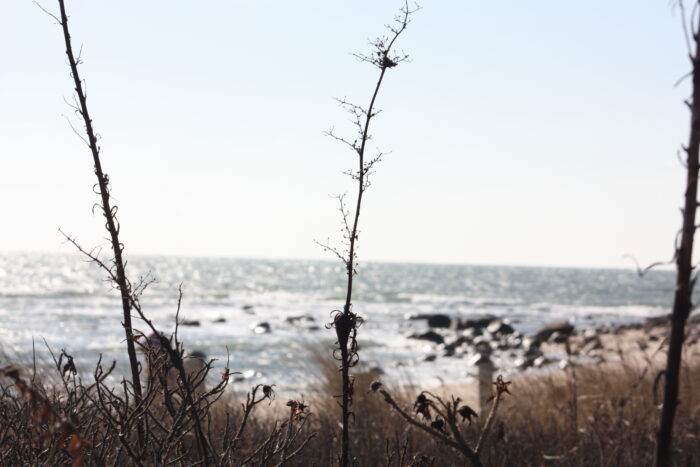
I hadn’t been keeping track. But my friend, Donna, told me I’d written 52 poems for our project.
Writing, talking with Donna, planning, editing…all of this has been a joy. But I hadn’t really thought about the heft of this project until she mentioned the number. And that means, she, of course, has taken 52 photographs. The idea seemed simple: she’d send me a photo and I’d use it for inspiration to write a poem.
We didn’t plan for this to be so huge. We didn’t even envision it. We hadn’t realized how much this would end up being about those very things that drew us together in the first place– a shared experience with grief, complicated relationships with mothers, and aging. Our conversations drove this naturally, and it came to an obvious conclusion. A year. A season in our lives.
Poetry can be revealing, and for me so healing. Over the course of the year, as my poetry collection grew, so did my recognition of buried emotions. Writing about them helped me process feelings and come to terms with them.
Another challenge– imposter syndrome–came in like a storm. Even now I read some of my work with an overly critical eye, wondering who the heck I think I am to be writing poetry. This syndrome, first identified by Ruchika TulshyanJodi-Ann Burey, is one many women face.
Enter what’s known as imposter syndrome, which was originally coined by psychologists Pauline Clance and Suzanne Imes in their study of professional women in a clinical setting. For people with imposter syndrome, self-doubt, insecurity, and perpetual trepidation that their inadequacies will be discovered is a way of being in the workplace. Any successes and accomplishments can trigger anxiety. Women and ethnic minorities are often the hardest hit because hierarchical and masculine cultures can contribute to imposter distress.
I have learned to speak gently to myself, calm myself down. In a few hours, I am usually able to realize where this is coming from. People pleasing tendencies manifest in many ways. Also, I know I am writing for me, and this writing has been healing.
When we write about psychologically upsetting experiences, we actively confront the event and the emotions it has engendered. We are able to give perspective to the experience and its relation to the rest of our lives by opening up (… and) constructing an understandable narrative of what occurred. In this way, expressive writing is much like excising a wound – rather than obsessively ruminating about the event in a manner that yields no answers, thus allowing the painful experience to fester and possibly lead to mental health problems, expressive writing allows us to cognitively confront, process, and heal from the pain.
https://www.artandhealing.org/evidence-of-the-healing-power-of-expressive-writing/
We will be putting the finishing touches on this project over the next month and then sending it to MILK, where they will create a beautiful book for us! I am so grateful to have shared this time with her. We’ve already talked about doing something together in the future. Both Donna and another friend Linda have rekindled my interest in photography. And I’ve signed up for a watercolor class. I don’t know where this will lead, but I am open to possibilities.
“Art is a wound turned into light.” ~ Georges Braque
